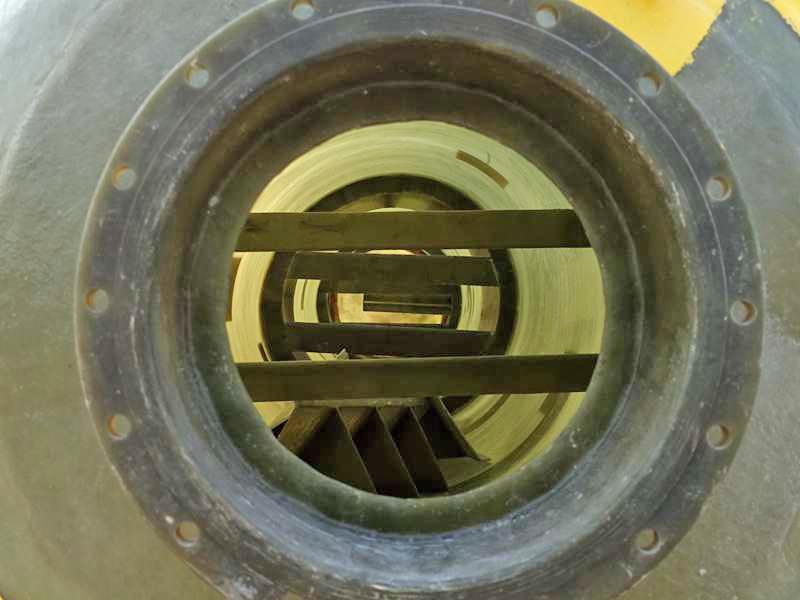
-
 Afrikaans
Afrikaans -
 Albanian
Albanian -
 Amharic
Amharic -
 Arabic
Arabic -
 Armenian
Armenian -
 Azerbaijani
Azerbaijani -
 Basque
Basque -
 Belarusian
Belarusian -
 Bengali
Bengali -
 Bosnian
Bosnian -
 Bulgarian
Bulgarian -
 Catalan
Catalan -
 Cebuano
Cebuano -
 China
China -
 China (Taiwan)
China (Taiwan) -
 Corsican
Corsican -
 Croatian
Croatian -
 Czech
Czech -
 Danish
Danish -
 Dutch
Dutch -
 English
English -
 Esperanto
Esperanto -
 Estonian
Estonian -
 Finnish
Finnish -
 French
French -
 Frisian
Frisian -
 Galician
Galician -
 Georgian
Georgian -
 German
German -
 Greek
Greek -
 Gujarati
Gujarati -
 Haitian Creole
Haitian Creole -
 hausa
hausa -
 hawaiian
hawaiian -
 Hebrew
Hebrew -
 Hindi
Hindi -
 Miao
Miao -
 Hungarian
Hungarian -
 Icelandic
Icelandic -
 igbo
igbo -
 Indonesian
Indonesian -
 irish
irish -
 Italian
Italian -
 Japanese
Japanese -
 Javanese
Javanese -
 Kannada
Kannada -
 kazakh
kazakh -
 Khmer
Khmer -
 Rwandese
Rwandese -
 Korean
Korean -
 Kurdish
Kurdish -
 Kyrgyz
Kyrgyz -
 Lao
Lao -
 Latin
Latin -
 Latvian
Latvian -
 Lithuanian
Lithuanian -
 Luxembourgish
Luxembourgish -
 Macedonian
Macedonian -
 Malgashi
Malgashi -
 Malay
Malay -
 Malayalam
Malayalam -
 Maltese
Maltese -
 Maori
Maori -
 Marathi
Marathi -
 Mongolian
Mongolian -
 Myanmar
Myanmar -
 Nepali
Nepali -
 Norwegian
Norwegian -
 Norwegian
Norwegian -
 Occitan
Occitan -
 Pashto
Pashto -
 Persian
Persian -
 Polish
Polish -
 Portuguese
Portuguese -
 Punjabi
Punjabi -
 Romanian
Romanian -
 Russian
Russian -
 Samoan
Samoan -
 Scottish Gaelic
Scottish Gaelic -
 Serbian
Serbian -
 Sesotho
Sesotho -
 Shona
Shona -
 Sindhi
Sindhi -
 Sinhala
Sinhala -
 Slovak
Slovak -
 Slovenian
Slovenian -
 Somali
Somali -
 Spanish
Spanish -
 Sundanese
Sundanese -
 Swahili
Swahili -
 Swedish
Swedish -
 Tagalog
Tagalog -
 Tajik
Tajik -
 Tamil
Tamil -
 Tatar
Tatar -
 Telugu
Telugu -
 Thai
Thai -
 Turkish
Turkish -
 Turkmen
Turkmen -
 Ukrainian
Ukrainian -
 Urdu
Urdu -
 Uighur
Uighur -
 Uzbek
Uzbek -
 Vietnamese
Vietnamese -
 Welsh
Welsh -
 Bantu
Bantu -
 Yiddish
Yiddish -
 Yoruba
Yoruba -
 Zulu
Zulu
Innovative Solutions for Enhanced Water Treatment Using FRP Clarifiers
Understanding FRP Clarifiers Efficient Solutions for Water Treatment
In an era where water quality is increasingly compromised by industrial activities, urbanization, and agricultural runoff, effective water treatment solutions have become more crucial than ever. One of the most innovative and efficient technologies in this domain is the Fiberglass Reinforced Plastic (FRP) clarifier. This article will explore the functionality, advantages, and applications of FRP clarifiers in modern water treatment processes.
What is an FRP Clarifier?
An FRP clarifier is a type of water treatment equipment designed to separate solid particles from liquids, primarily used for the clarification phase in water treatment plants. The structure of an FRP clarifier typically consists of a tank made from fiberglass reinforced plastic, which combines strength, lightweight properties, and corrosion resistance, making it suitable for various water treatment environments.
The primary function of a clarifier is to facilitate the sedimentation process. When wastewater enters the clarifier, it allows heavier solids to settle at the bottom, producing a clearer effluent on top. This process is essential for improving water quality before it undergoes further treatment or is discharged into the environment.
Advantages of FRP Clarifiers
1. Corrosion Resistance One of the most significant advantages of FRP materials is their resistance to corrosive substances commonly found in wastewater. Unlike traditional materials such as steel or concrete, FRP does not rust or degrade over time, leading to lower maintenance costs and extended equipment lifespan.
2. Lightweight and Easy to Install FRP clarifiers are much lighter than their concrete or metal counterparts, making transportation and installation simpler. This lightweight property reduces the need for heavy machinery and allows for faster setup in various locations.
3. Cost-Effectiveness While the initial investment for FRP clarifiers may be higher than conventional options, their longevity and lower maintenance requirements often lead to significant savings over time. Moreover, the reduced operational costs associated with energy efficiency contribute to overall budget-friendly water treatment solutions.
4. Customization FRP clarifiers can be custom-designed to meet specific wastewater treatment needs. The modular designs allow for flexibility in size and capacity, accommodating different flow rates and treatment demands.
frp clarifier

5. Environmental Benefits Utilizing FRP clarifiers contributes to sustainability efforts by ensuring that wastewater is treated effectively, which mitigates pollution and promotes safer release of treated water back into natural water bodies.
Applications of FRP Clarifiers
FRP clarifiers are utilized in various sectors, including
- Municipal Water Treatment These clarifiers are commonly used in municipal wastewater treatment plants to ensure that domestic sewage is treated effectively before being released or reused.
- Industrial Applications Industries that generate significant amounts of wastewater, such as food processing, textiles, and chemicals, rely on FRP clarifiers to manage their effluent and minimize environmental impact.
- Stormwater Management In urban areas, FRP clarifiers can be integrated into stormwater management systems to clarify runoff and reduce the burden on natural waterways.
- Mining and Mineral Processing The mining industry, notorious for generating large volumes of mine water and tailings, employs FRP clarifiers to manage effluent and reduce waste product discharge.
Conclusion
As the need for effective water treatment solutions grows, FRP clarifiers emerge as a noteworthy option due to their numerous advantages and adaptability to various applications. With their resistance to corrosion, lightweight nature, and cost-effectiveness, FRP clarifiers play a crucial role in modern water treatment processes, ensuring cleaner water for human consumption and preserving the environment. In the ongoing challenge of water resource management, adopting innovative technologies like FRP clarifiers will undoubtedly contribute to more sustainable practices in treating and managing wastewater.
Latest news
-
Exploring the Benefits of Top Hammer Drifter Rods for Enhanced Drilling PerformanceNewsJun.10,2025
-
High-Precision Fiberglass Winding Machine for GRP/FRP Pipe Production – Reliable & Efficient SolutionsNewsJun.10,2025
-
FRP Pipes & Fittings for Shipbuilding - Corrosion-Resistant & LightweightNewsJun.09,2025
-
Premium FRP Flooring Solutions Durable & Slip-ResistantNewsJun.09,2025
-
Premium Fiberglass Rectangular Tanks Durable & Lightweight SolutionNewsJun.09,2025
-
Tapered Drill String Design Guide Durable Performance & UsesNewsJun.09,2025









